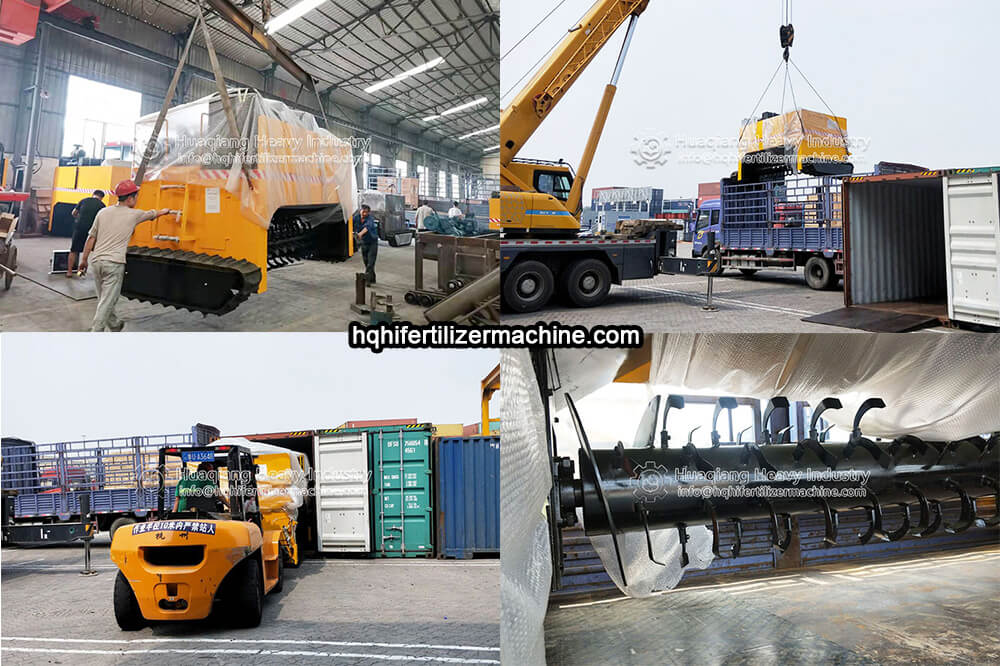
In organic fertilizer, composting, and bio-fermentation, the compost turning machine is key for making sure materials ferment evenly. How well you turn the pile directly affects oxygen supply, temperature control, moisture spread, and microbe activity. This determines how efficient the fermentation is and the quality of the final product.
1.Turning Frequency
Use temperature to guide turning: Turn the pile when its temperature goes over 65°C. This cools it down and stops the heat killing off microbes.
Adjust frequency by stage: Turn 1-2 times daily during the start-up (heating) phase. Turn every 2 days during the main (high-temperature) phase. You can reduce turning to once a week during the final (maturing) phase.
2.Turning Depth
Dig deep enough to mix the material thoroughly, usually 1.5 to 2 meters. Avoid turning too shallow (which makes the bottom go anaerobic) or too deep (which wastes energy).
Use equipment where you can adjust the turning height. This suits different materials like manure, straw, or sludge.

3.Moisture and C/N Ratio
Keep the best moisture level between 50% and 60%. If the pile is too dry when turning, spray water or recycled liquid as needed.
Keep the Carbon-to-Nitrogen ratio (C/N) around 25-30:1. When turning, you can add carbon sources (like straw or sawdust) or nitrogen sources (like urea) to improve conditions for the microbes.
4.Turning Equipment
Windrow compost turning machines work best for large-scale long rows. Trough-type compost turning machines fit continuous fermentation setups better.
Check the blades regularly for wear. This keeps the turning even and prevents clumps or uneven fermentation.
By scientifically managing turning frequency, depth, moisture, and equipment upkeep, you can significantly improve how evenly organic materials ferment and mature. This also cuts down bad smells, shortens the fermentation time, and leads to higher-quality organic fertilizer.